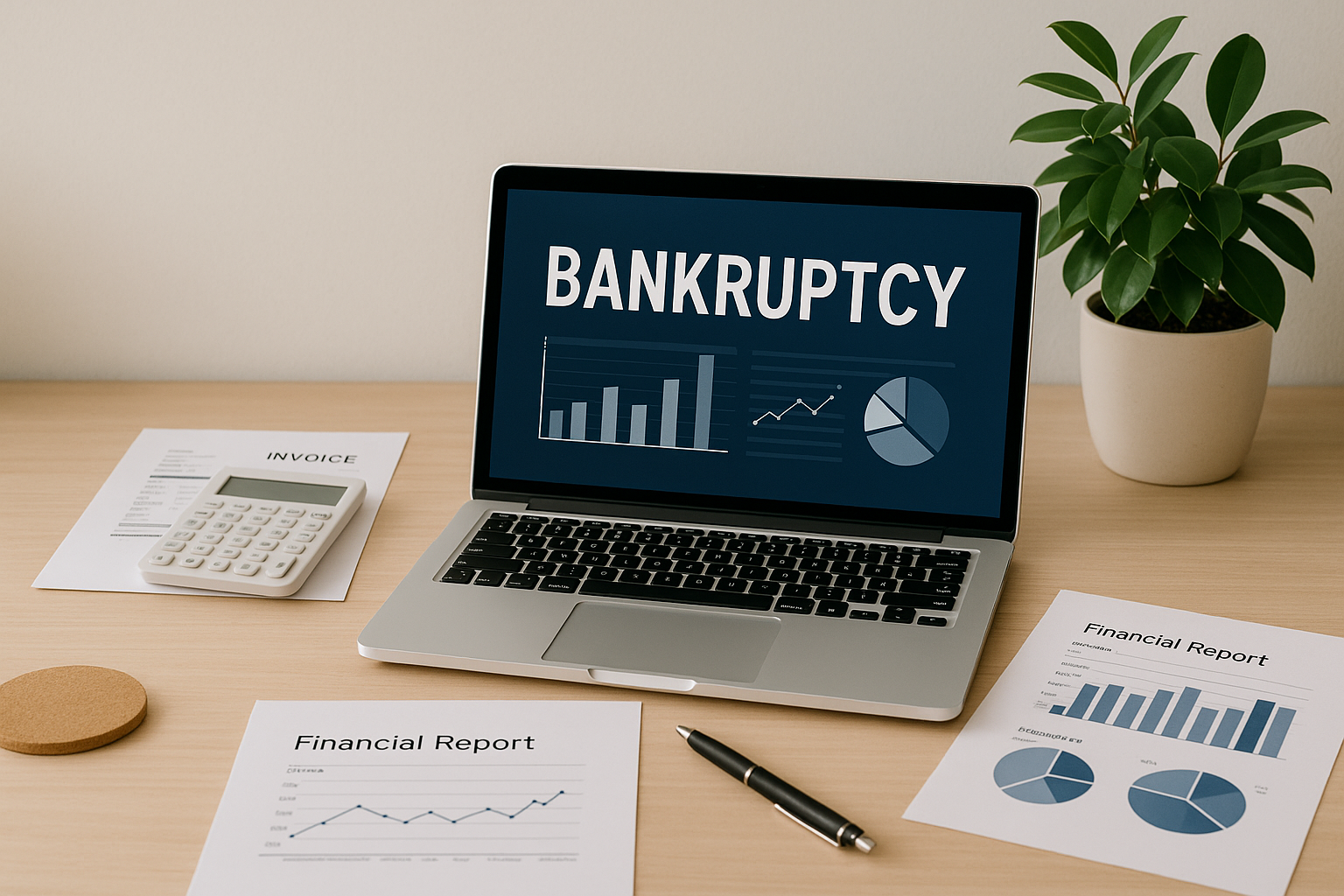Simplify stress-free bankruptcy like pros never shared
Navigating the complexities of bankruptcy doesn't have to be overwhelming, and by exploring streamlined solutions, you can simplify the process and regain financial control—browse options now for expert guidance and resources that can make a difference.
Understanding Bankruptcy: A Path to Financial Relief
Bankruptcy is often perceived as a daunting process, but it can serve as a valuable tool for individuals and businesses seeking relief from insurmountable debt. By filing for bankruptcy, you can potentially discharge or reorganize your debts, providing a fresh start and the opportunity to rebuild your financial future. Understanding the different types of bankruptcy and how they work is crucial to making informed decisions.
Types of Bankruptcy: Choosing the Right Path
The two most common forms of bankruptcy for individuals are Chapter 7 and Chapter 13. Chapter 7, also known as liquidation bankruptcy, involves the sale of non-exempt assets to pay off creditors. This option is typically faster, often concluding within a few months, and is suitable for those with limited income and significant unsecured debt1. Chapter 13, on the other hand, allows individuals to reorganize their debts and create a repayment plan over three to five years. This option is ideal for those with a steady income who wish to retain their assets, like a home or car2.
